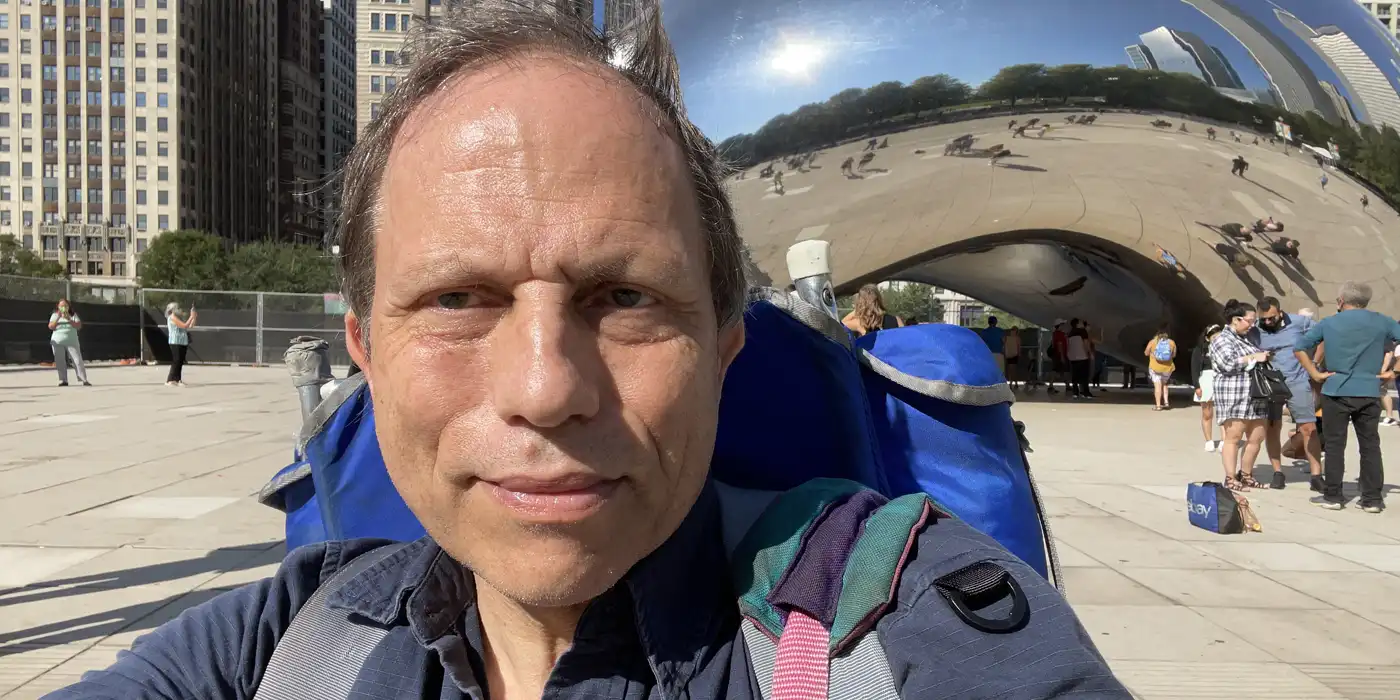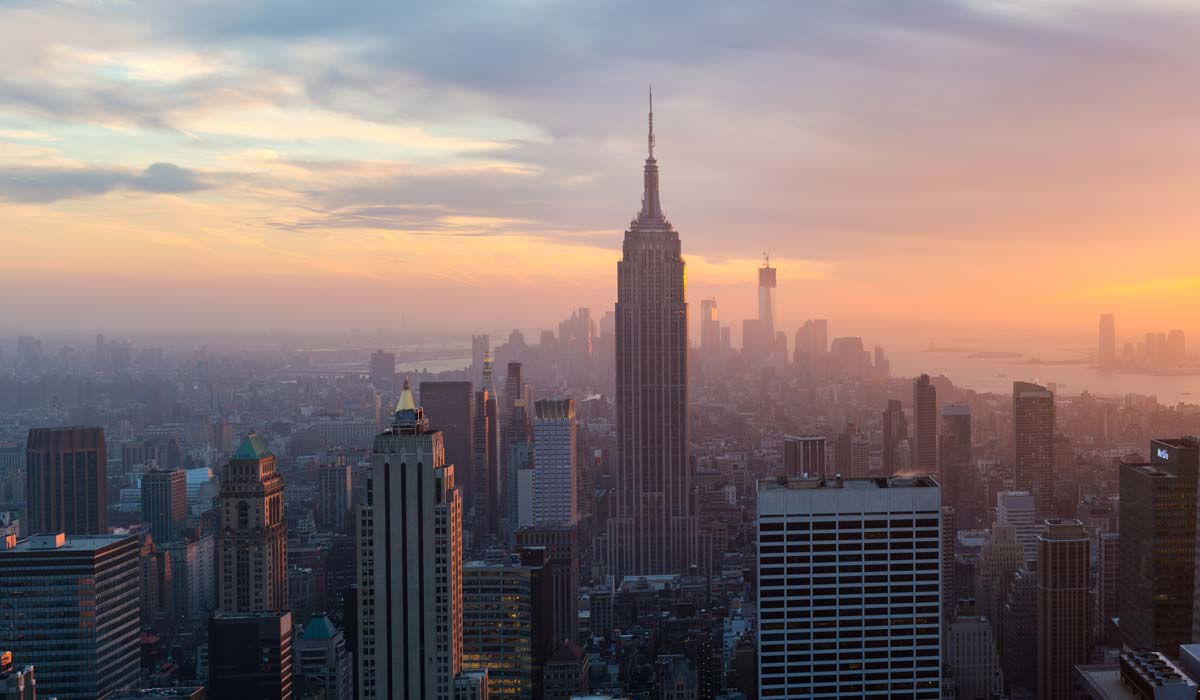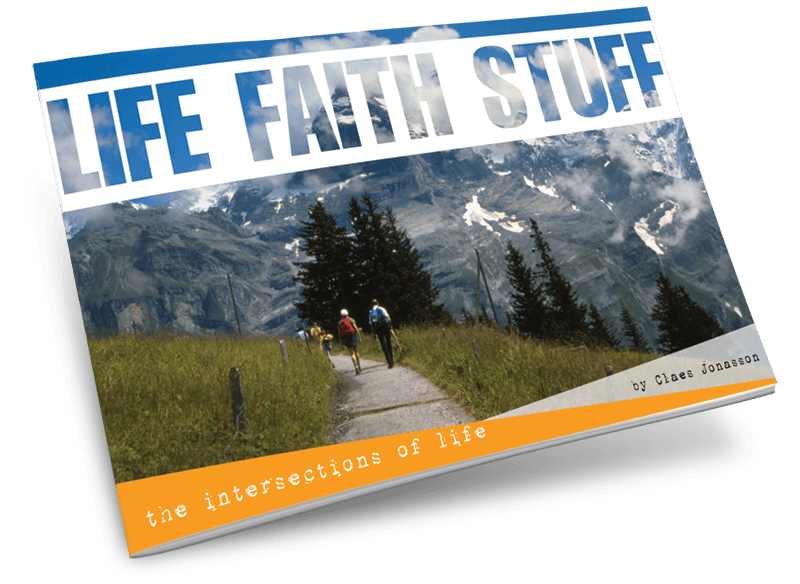From the Statue of Liberty to London’s Wembley, via Seattle
Man and woman meet, connect, fall in love in a matter of a few days.
One small hitch — they’re both engaged to others.
That could be the recipe for a story about star-crossed lovers. Destined never to have a happy ending.
Or maybe they find a way to be together after all. We have a story!
The idea popped into Leo McCarey’s head as the ship he and his wife were on passed the Statue of Liberty on its way back to the US from Europe.
Leo was a successful film director in 1930s Hollywood. But he was tired of directing the usual romantic and screwball comedies. So his wife got him to go on a vacation in Europe. To recharge. Find fresh ideas.
No idea what other things he came up with during the European tour, but this one, at the very end of the trip, surpassed them all.
Of course it might never have gone past an idea. Movie concepts and scripts spin around Hollywood and languish for years, waiting for someone to see how brilliant they are and give green light for production.
Not so in this case.
Roll camera!
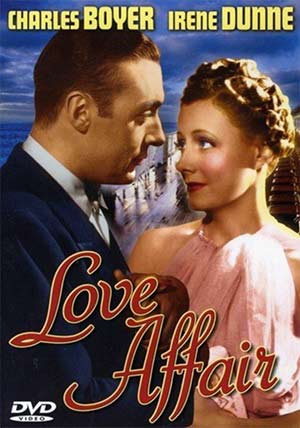
Before there was even a finished script, the film was in production, with Irene Dunne and Charles Boyer as the leads.
The story line had expanded to have the possibly star-crossed lovers agree to meet again in 6 months time. To see if there was a future for them together.
Love Affair premiered in 1939, with several Academy Awards nominations.
That could have been the end. World War II came and when it was finally over, the world had changed. A lot.
Take 2: Action!

But some stories are not done with that easily and neither was Leo McCarey.
So in 1957, movie theater goers were treated to a fresh version. In color. Again directed by Leo McCarey. Now with Cary Grant and Deborah Kerr in the lead roles. The story remained much the same, but the title was new: An Affair to Remember.
Take 3: Airplane!

Fast forward to 1994 when the story was picked up again. For a more significant remake as Love Affair. This time with Warren Beatty and Annette Benning.
The 1939 movie started on an ocean liner, going from Marseilles to New York, with a stop at the Madeira Islands. That made perfect sense. Traveling by ship was how you got from Europe to America or vice versa.
Same thing in the 1957 version.
However, the very next year, the Boeing 707 flew for the first time. And the number of air passengers surpassed ship passengers for crossing the Atlantic.
By 1994, people definitely didn’t travel by ships to get from one continent to another. Presumably the new producers could have had the 2 people meet on a cruise. After all, The Love Boat had already popularized cruises on the small screen.
Instead Beatty and Benning meet on a transpacific flight from Australia to New York. That could work. But it seems the script writers had doubts. So the flight makes an emergency landing on a Pacific island. Fortunately there’s a Russian cruise ship nearby that can pick up the stranded passengers and get them towards their destination. And so we get the shipboard scenes seemingly required by the story.
In all 3 movies, the Empire State Building is the place where the lovers will rendezvous 6 months later. Because you could apparently just show up and ride the elevator up to the observation deck back then.
Surely 3 adaptations of the same story had exhausted the subject.
Not so fast.
Our friends in Bollywood adapted it at least once and maybe more times. In 1999 the movie Mann was released in India, adapting the story of 2 persons who fall in love and agree to meet again in 6 months for Indian culture and settings. (No Empire State Building involved.)
Then there’s Seattle
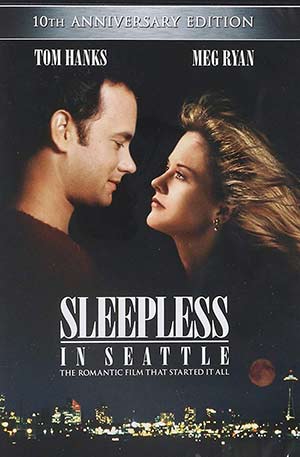
Let’s not forget the other major take on the story: Sleepless in Seattle (1993) with Tom Hanks and Meg Ryan.
This time there are 0 ocean liners involved. Although Hanks lives on a houseboat. Does that count?
He’s in Seattle, she’s in Baltimore.
The Empire State Building is still there and the place where everything comes together in the end.
Actually, I discovered the earlier movies through Sleepless in Seattle. Playing on a TV in the movie are scenes from an An Affair to Remember. Since that seemed important to the characters, I looked it up. Then one thing led to another.
The stories we love
Clearly we, the audience, embrace stories about people who meet, more or less randomly (serendipity at work), spend time together in close quarters (on a ship or plane). It’s that making a connection and seeing the possibility of a something more. That a lot of things would have to change for that future to become real is the challenge we root for the protagonists to overcome.
The resolution, but also open loop, is agreeing to meet again at a future date.
Maybe the concept resonates because for so many of us, the person we end up marrying and spending our future with, is someone who wasn’t there at all, until one day they dropped into our life. Randomly.
Because what logic would explain that 2 people who grew up on different continents would spend their life together? What are the chances that they’d even ever meet?
That concept is intriguing. It makes for a good story.
Plus it’s about succeeding against many odds. We, the audience, want things to work out. Love. Live happily ever after. Because if it can work for them, then there’s hope for us.
These storylines all reflect optimism about life and relationships.
Deeper connections, making it personal
Each of the movies also includes a story arc where the lady meets the man’s extended family. It’s one thing to meet somebody and get to know them over a few days. It’s another to meet their family and see the world they came from.
I ‘ve gone places as a tourist for a visit. But when I went there and stayed with a local family, effectively becoming part of their world for the duration of my visit, I suddenly engaged on a much deeper level.
We see that happen in each of the 3 movies when Terry McKay meets Michel’s/Nickie’s grandmother/Mike’s aunt.
In Sleepless in Seattle we don’t have that, but there is Sam’s son. Family. Again, deeper connection.
As time goes by (you look so old)
Each film was very much a product of its time. I already mentioned the travel by ship. Which worked fine for the first 2 movies. In the 1994 version, the writers recognized that people travel by plane now. So the characters meet on a plane. But they still ended up on a ship for part of the journey.
Some plot points have not aged so well. Apparently it was seriously inviting scandal for 2 single people to spend time together on an ocean liner in 1939 and again in 1957. Today, I doubt that would be a big deal. Just saying.
In Sleepless in Seattle, Annie travels to Seattle to check out Sam. Spy, really. In 1993 a tad bit obsessive. Today, that would clearly be termed stalking, worthy of a restraining order.
But that part of storytelling: Stories always exist within a certain cultural context, even when taking place in “present day”. Because that present day soon becomes yesterday and history.
One more thing (or 2)
Has this storyline inspired more movies? Possibly. Or maybe it’s a concept that just pops into our minds from time to time as we meet someone, feel a connection and start to think forward.

Richard Linklater says that his inspiration for the movie Before Sunrise, came out of him meeting a woman in a toy shop in Philadelphia in 1989. They walked around the city together, talking late into the night. Which led him to create the screenplay that became the first of 3 movies:
In Before Sunrise, we encounter Céline (Julie Delpy) and Jesse (Ethan Hawke) who serendipitously meet on a train headed for Vienna. They connect and spend the evening and night together wandering around the city, falling in love with each other.
The next day, their paths diverge, but not before they agree to meet again in 6 months.
In the sequel, Before Sunset, we find out that they didn’t actually meet again in 6 months and their lives went down separate paths. Now 9 years later, they have an opportunity to again decide if they think they have a future together.
One more thing: Sleepless in Seattle was recently turned into a stage musical: Sleepless — A Musical Romance. The musical had a limited run at Troubadour Wembley Park Theatre in Wembley, London, this past August – September.
Because we still need stories about people, who don’t know each other, meeting. Connecting. Finding a future together. It’s what gives us hope for relationships.
Never miss out!
Get an email update every time I publish new content.
Be the first to know!
